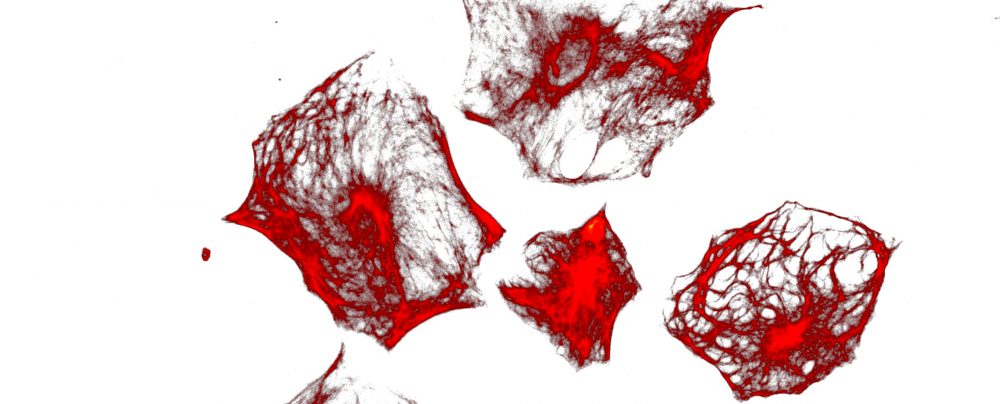The Taylor lab has published a new study out now in the Journal of Neuroscience Research. Here we used a couple of really powerful mouse models to examine why kappa opioid receptor agonists work less well in females. Kappa agonists are currently being developed as new, non-addicting treatments for chronic pain and itch. Understanding how they work in males and females is critical if they are to be tested in human clinical trials.
A number of previous studies have examined kappa opioid receptor sex differences by measuring or manipulating gonadal sex hormones (namely, estrogen and testosterone). While this can useful to determine the effect of circulating hormones during adulthood, this approach cannot examine the effect of gonadal hormones during development. This approach also cannot rule out the effect of the complement of genes expressed on the sex chromosomes (either the X or Y chromosome), because sex chromosomes are always associated with their accompanying sex hormones (Two X chromosomes with estrogen, one Y chromosome with testosterone).

Kappa opioid receptor (KOR) agonists are known to have a notable sex difference; however, the biological basis for this sex difference remained elusive. Previous work relying on surgical or chemical manipulation of gonadal hormones have produced conflicting results on the relative contribution of gonadal hormones to the KOR sex difference.
Here, we were able to show that sex chromosomes (and particularly the X chromosome) contribute significantly to the KOR sex difference. This discovery carries meaningful
clinical implications given KOR agonists are currently being developed as novel analgesics, and women are significantly more likely to require pain treatments in their lifetime.
Here, we use a mouse model (four core genotypes) where by we manipulate the activity of the testes-determining gene, SRY (the gene found on the Y chromosome responsible for testes development in males). Removal of the SRY gene from the Y chromosome generates XY animals without testes. In fact, in absence of the SRY gene, mice develop ovaries and are gonadally “female” (they look and act like females, and are housed with normal XX mice). Conversely, if we take the SRY gene and insert it in the genome of an XX mouse, this generates XX mice that develop testes and are gonadally “male”. Comparing XX “males” (i.e. testes and testosterone) and “females” with XY males and “females” allows us to quickly determine whether a specific behavior or trait is mediated by either sex chromosomes or hormones (or both!). Here, we found that kappa opioid receptor analgesia is driven largely by the makeup of sex chromosomes, rather than gonadal hormones. Mice with 2X chromosomes were less responsive to kappa opioid receptor analgesia than mice with the Y chromosome, independent whether they had male or female gonads.
While this model is instrumental in isolating the sex chromosome and gonadal effects, it cannot tell us which sex chromosome is responsible for the difference (is it the two X chromosomes or the absence of the Y chromosomes that is important?). To answer this question, we used another mouse model call the XY*. Here, the number of X and Y chromosomes are varied. The genetics behind this model is complex; however, it essentially generates 4 permutations of sex chromosomes: XX, XY, XO (“female” with only 1 X chromosome), and XXY (“male” with two X chromosomes). This allows us to determine whether the sex difference is due to the presence or absence of either the X or Y chromosome. Here, we found that mice with two X chromosomes (either XX or XXY) had lower kappa opioid receptor analgesia. This means that the loss of kappa analgesia is due to genes expressed on the X chromosome.
These are very exciting findings that lead to many more questions. Which genes on the X chromosome are responsible? Could we temporarily make females more like males (genetically speaking) to help improve kappa analgesia in the clinic? These are ongoing experiments in our lab – so stay tuned!
You can find the paper on Pubmed or download here.
